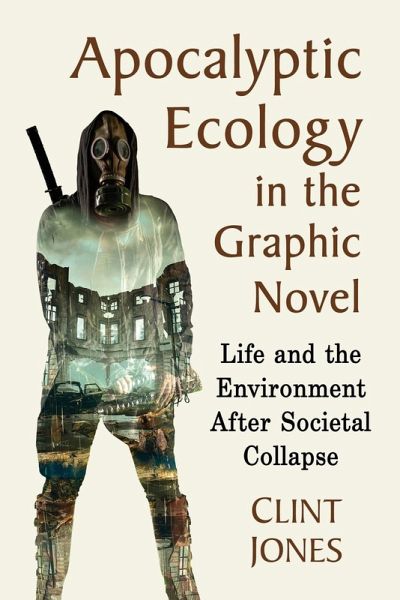
Apocalyptic Ecology in the Graphic Novel
Life and the Environment After Societal Collapse
Versandkostenfrei!
Versandfertig in 1-2 Wochen
44,99 €
inkl. MwSt.

PAYBACK Punkte
22 °P sammeln!
As awareness of climate change grows, so do the number of cultural depictions of environmental disaster. Graphic novels have reliably produced dramatizations of such disasters. Many use themes of dystopian hopefulness, or the enjoyment readers experience from seeing society prevail in times of apocalypse. This book argues that these generally inspirational narratives contribute to a societal apathy for real-life environmental degradation. By examining the narratives and art of the environmental apocalypse in contemporary graphic novels, the author stands against dystopian hope, arguing that th...
As awareness of climate change grows, so do the number of cultural depictions of environmental disaster. Graphic novels have reliably produced dramatizations of such disasters. Many use themes of dystopian hopefulness, or the enjoyment readers experience from seeing society prevail in times of apocalypse. This book argues that these generally inspirational narratives contribute to a societal apathy for real-life environmental degradation. By examining the narratives and art of the environmental apocalypse in contemporary graphic novels, the author stands against dystopian hope, arguing that the ways in which we experience depictions of apocalypse shape how we respond to real crises.













